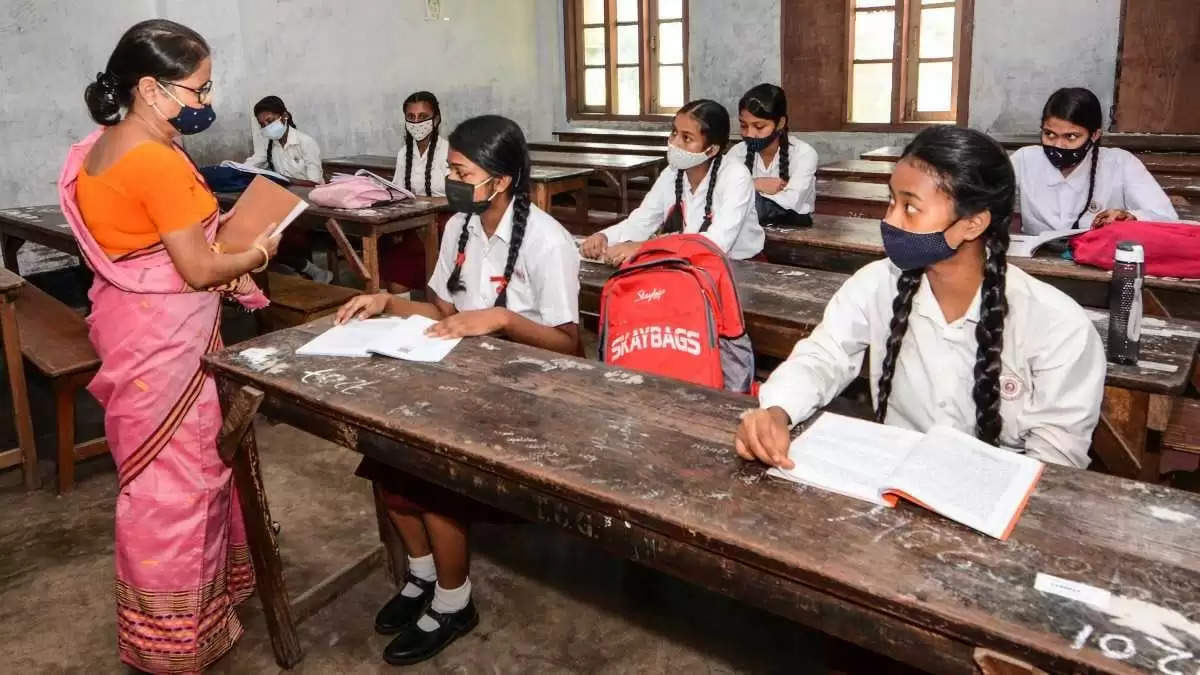No jeans and t-shirts, wear salwar or churidar: Maharashtra govt issues dress code for teachers
The Maharashtra government has implemented a new dress code for school teachers across the state, aiming to enhance professionalism and maintain a neat appearance in educational institutions. The recent government resolution (GR) issued by the School Education Department outlines specific guidelines regarding attire and introduces a unique prefix for teachers' names.

The Maharashtra government has implemented a new dress code for school teachers across the state, aiming to enhance professionalism and maintain a neat appearance in educational institutions. The recent government resolution (GR) issued by the School Education Department outlines specific guidelines regarding attire and introduces a unique prefix for teachers' names.

New Dress Code Guidelines: According to the GR, teachers, both male and female, are required to adhere to the following dress code:
-
Female Teachers:
- Saree or dress (salwar, chudidar, kurta, and dupatta).
-
Male Teachers:
- Trousers and shirts (tucked in).
Additional Guidelines:
- The dress worn by teachers should be neat and devoid of any designs or pictures.
- Schools have the autonomy to choose the color of the dress code.
- For male teachers, the shirt should be light-colored, while trousers should be dark.
- T-shirts, jeans, or shirts with designs are strictly prohibited.
Prefix 'Tr' for Teachers:
In a significant move, teachers are now permitted to use the prefix 'Tr' before their names, akin to the titles used by doctors and advocates. This initiative aims to further emphasize the professional identity of teachers within the educational ecosystem.
Implementation Across Schools:
The dress code directive applies to all schools in Maharashtra, including private, aided, and non-aided institutions. By standardizing attire, the government seeks to create a uniform and professional environment conducive to effective teaching and learning.
